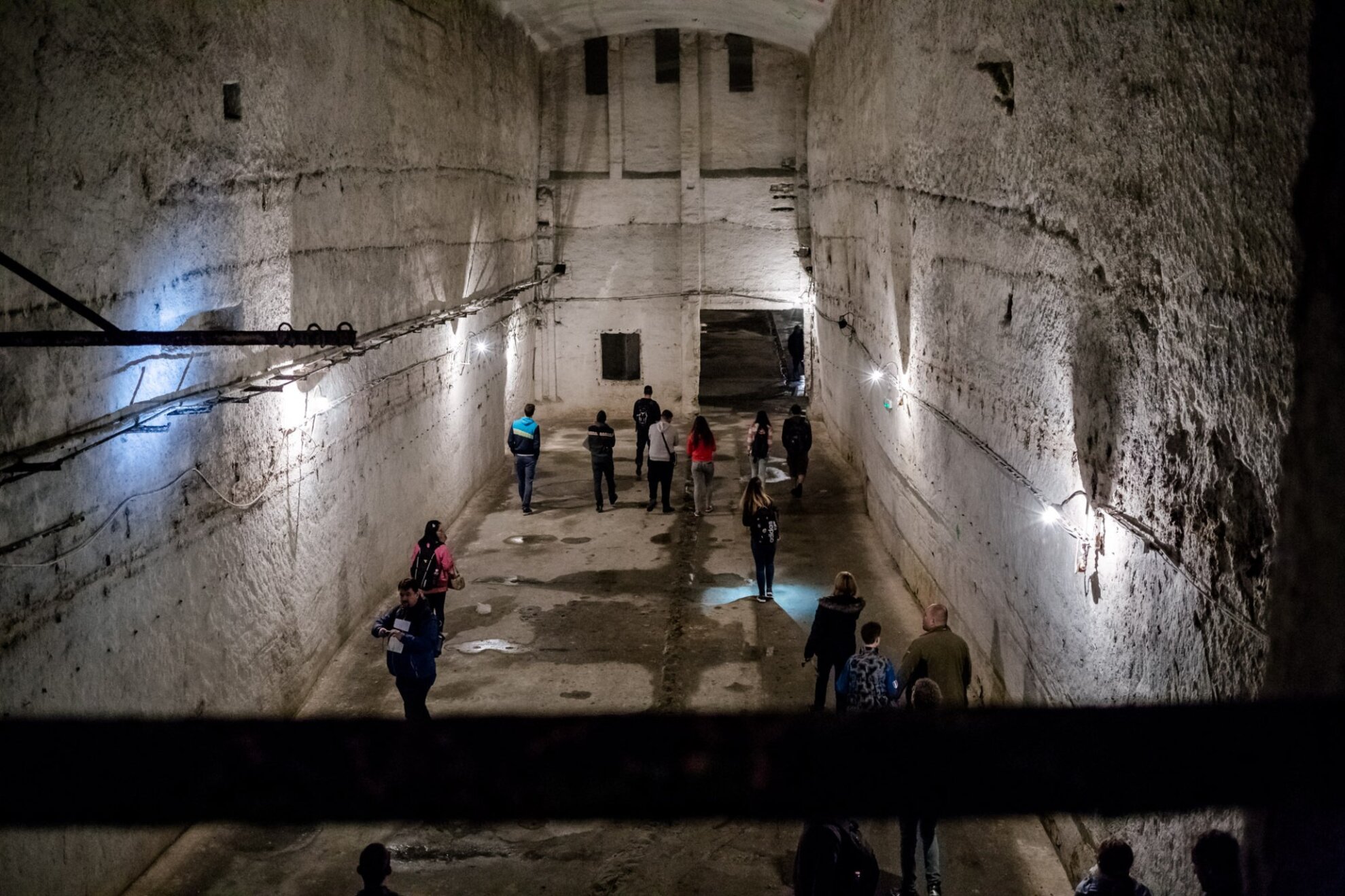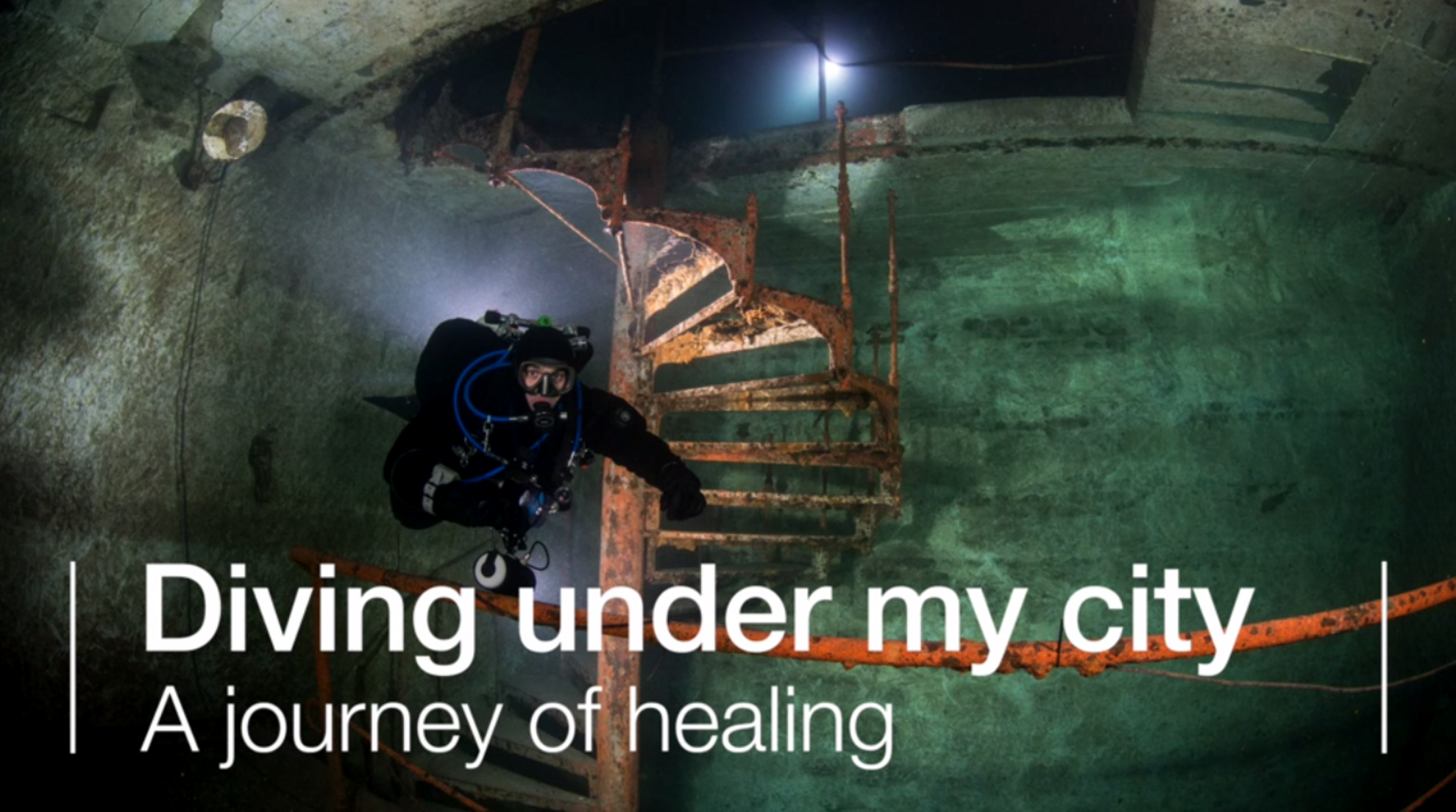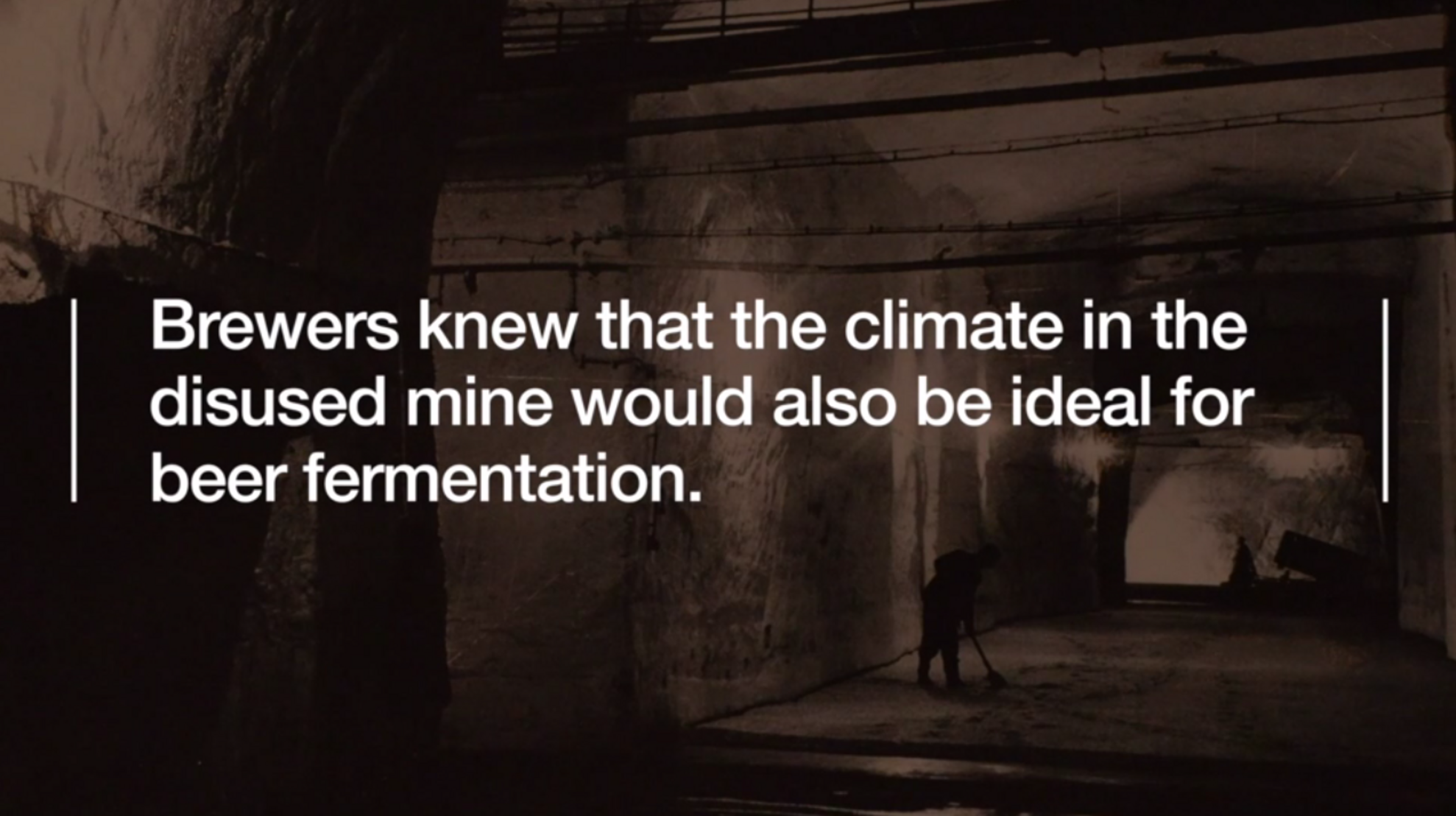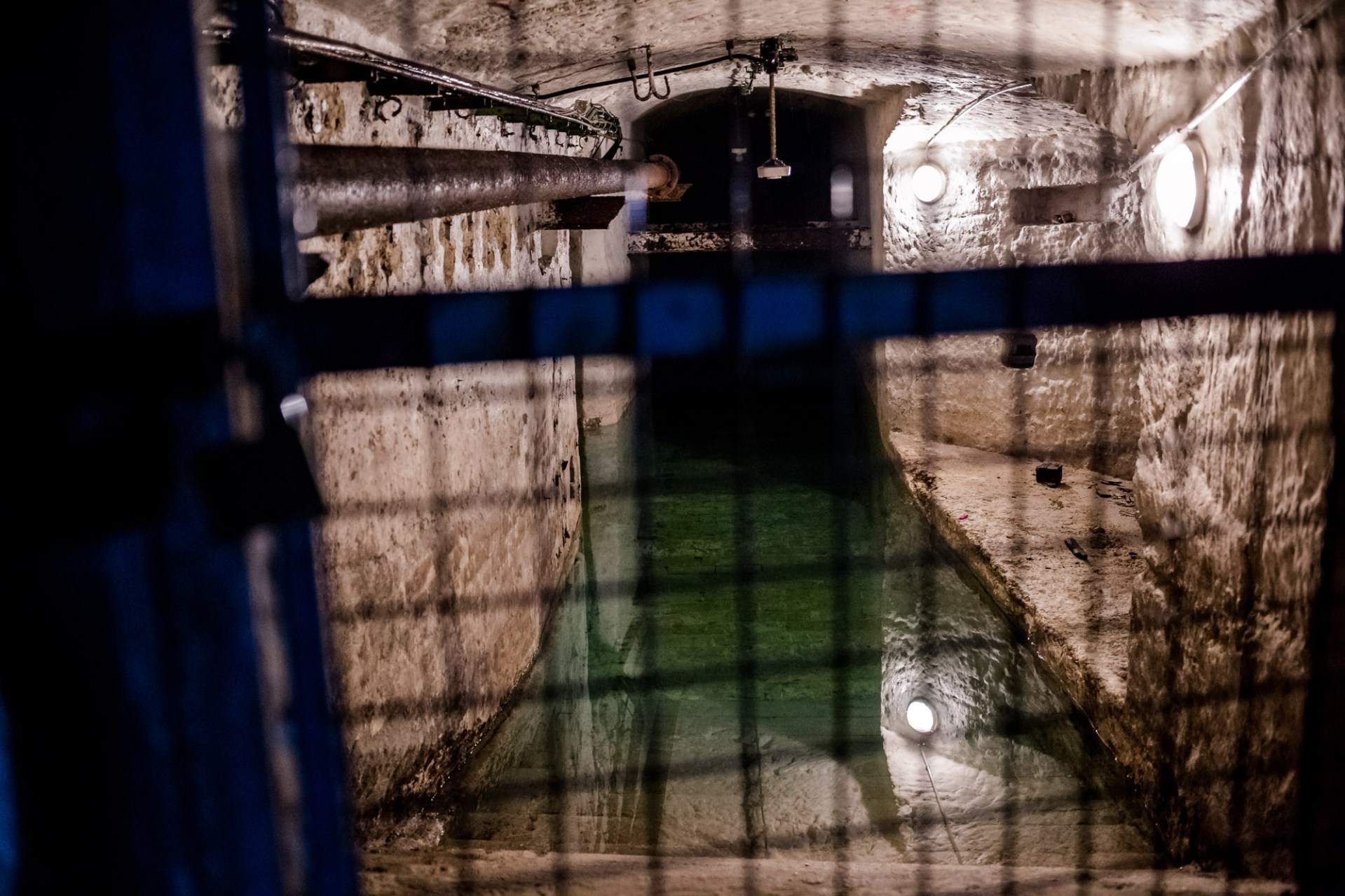Some of Budapest’s most statuesque monuments – such as Parliament, the Chain Bridge lions and the Vigadó – were originally built with limestone mined from the city’s own Kőbánya district. Kilometres long below this working-class neighbourhood, these mines are now inactive and many of their subterranean chambers are filled with water. Some still play varied roles in the modern Magyar metropolis, ranging from serving as a playground for intrepid scuba divers to providing an ideal atmosphere for brewing beer. A recently released BBC Travel video gallery explores Budapest’s Kőbanya mines in-depth.
Vast limestone deposits lie directly beneath Budapest, and this easily carved construction material has been extracted here since the Middle Ages. The city’s most productive mines were in the Kőbánya neighbourhood of District X, where today over 32 kilometres of man-made caverns stretch beneath ordinary streets and homes.

While these mines are out of commission and extensively flooded, they still serve valued purposes for varied Budapest residents, including telecommunications technician Kornél Domján. After sustaining severe injuries from a fall on the job, Kornél began scuba diving in the 12°C waters of Kőbanya’s submerged mines for therapeutic purposes, all described in the Diving under my city video included with the recently posted BBC Travel gallery.

Beyond sharing Kornél’s story, the gallery highlights some of the diverse Budapest landmarks that were built with limestone carved from the Kőbanya mines, including the Hungarian Academy of Sciences, Parliament and the Pesti Vigadó concert hall. Furthermore, fans of Budapest-brewed Dreher beer will be interested to learn that the Kőbanya location for this local large-scale brewery was specifically chosen to make use of the massive erstwhile mines that provide superb conditions for fermentation.

The new BBC Travel gallery also includes historic photos and details, and recommends Budapest-based company Paprika Divers for anyone interested in a scuba expedition into the Kőbánya mines. There is one segment of these submerged chambers that is accessible to divers with a basic Open Water Diver certification, plunging as deep as 47 metres below street level.
To view the entire BBC Travel video gallery, click here.




